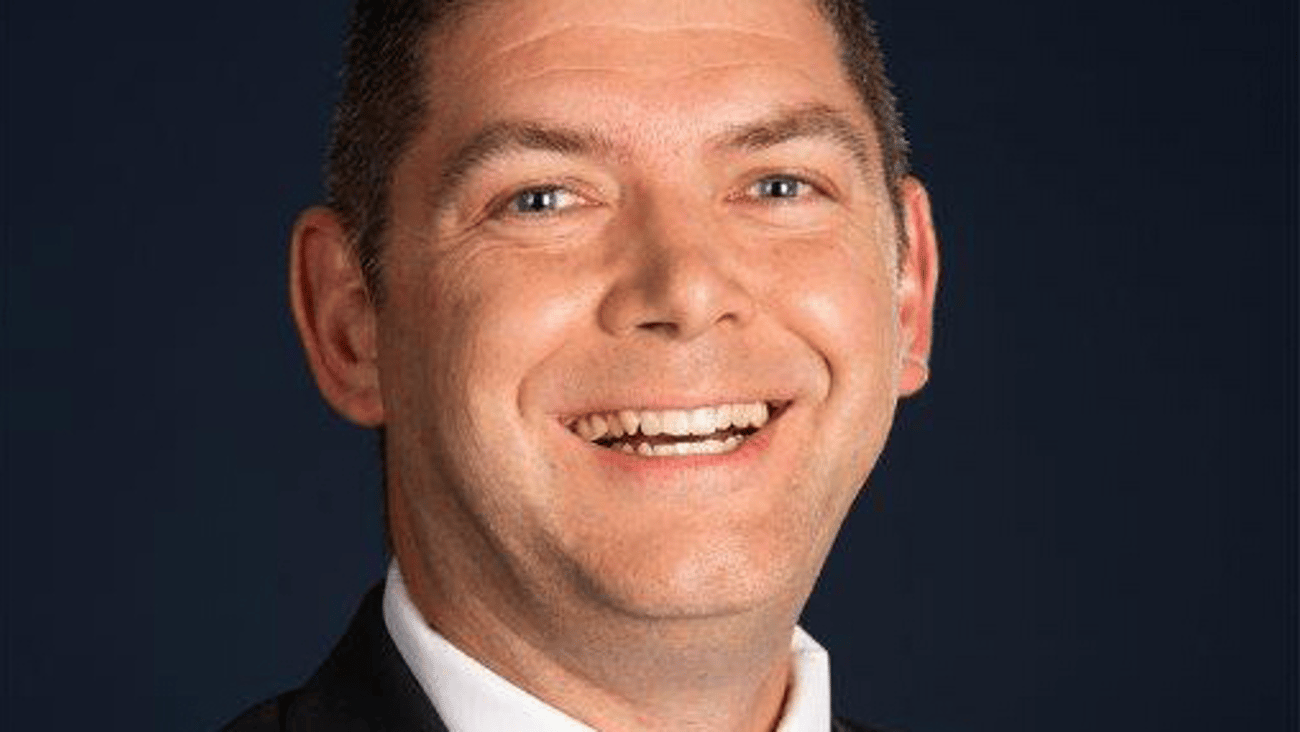How to break down pharmacy walls and build bridges
One of my mentors reminds that if you do what is hard, your life will be easy. Good advice. As it turns out, the opposite of that is true as well. If you do what is easy, your life will be hard. How's that?
When it comes to building things, it turns out that building walls is easy, but building bridges is hard.
While I certainly hope Old Man Winter stays away as long as possible this year, I can’t help thinking of the giant piles of snow you may see at the end of a driveway or in a parking lot. Those piles make great walls, don’t they? But have you ever seen a bridge made from snow connecting two piles of snow? I know I have not.
Throughout my career, I have had several key conversations that have greatly impacted my perspective and changed the care I provide for the better. One of those conversations came on a day when I was working with my colleague, Scott, in Erie, Pennsylvania. On that day, there was a seemingly endless stack of prescriptions to prepare, and in my youth and inexperience, I probably said something which reflected those two traits. Scott reminded me that so many of the patients coming to the pharmacy do so after getting some life-changing news. Maybe a new diagnosis. Maybe news of a condition that is spreading or worsening. It could be any number of things. Scott taught me that lesson to help me develop some empathy. But let’s consider the patient a little more. What happens when they get bad news? They shut down. They build a wall.
It’s like when Captain Kirk encounters something new and suspicious. He calls for the shields on the Enterprise to be raised. People are much like this.
As I write this article, two weeks ago my daughter, Taryn, fell and broke not one but both wrists. The next morning my wife took Taryn to get x-rays. (In full transparency, my wife is the much more competent parent of the two of us.) So, imagine my surprise when they got home, and I asked for a full report and my wife told me that once she heard that both wrists were broken, she zoned out! No idea what the next steps where. No clue as to who was supposed to do what. Nothing. She put up a wall. For those of you wondering, my daughter listened long enough to confirm that she didn’t need to go to school for the next couple days, and smiled.)
This is what happens to patients all the time. They get some news, then get all sorts of information and instructions dumped on them for what they need to do, and they don’t do any of it! They put the shields up. They build a wall.
Recently, I was part of a conversation with an oncologist in California who commented that he can’t get patients to get lab work done. “I’m only trying to save your life!” he said humorously. Yet the reality is his patients show up without have steps completed to advance the therapy.
That story reminds me of other lessons we can look at (the lesson of trying and the leadership lens). Note to self: we will get those on the list to discuss soon if we haven’t discussed them here before.
Essentially what this physician was saying is: “I don’t know how to lead my patients to get them to do what I want them to do.” We know this is the Forbidden Phrase of Leadership.
The patient gets bad news, and the walls go up. It’s the easiest thing to do.
If you, or someone you know, has ever built anything with Lego bricks, it is obvious the wall is about the most basic thing you can build. There are tons of Lego sets of buildings with walls. But there are very few bridges.
As leaders, we need to get people to move. We need to lead people from where they are to a better place. Let me remind you just in case you forgot: You are a leader. You are a leader who is getting better!
Leaders know the way, show the way, and go the way, as John Maxwell often says.
But if you are going to do that, you must be able to get to the other person.
You need to build a bridge.
In the real world, building a bridge takes engineers and raw materials and time. In the leadership world, it takes the ability to communicate effectively, to establish and build a relationship, and time.
It has become painfully obvious to me over the last seven years or so that this is a skill that we all need to get better at. I put myself at the front of the line. I freely admit my skills are not what I want them to be. If I were a betting man, I would bet that even if you are confident in your relationship building skills, you will likely admit that you would still like to get better.
So, how are you at building bridges? I encourage you to invest in building bridges with your staff, with your colleagues and with your patients. It will be difficult, but you will be so glad that you did. Remember, if you do what is hard, your life will be easy, but if you do what is easy, your life will be hard.
Until next time –
Jesse McCullough, PharmD
Connect with Jesse on LinkedIn



